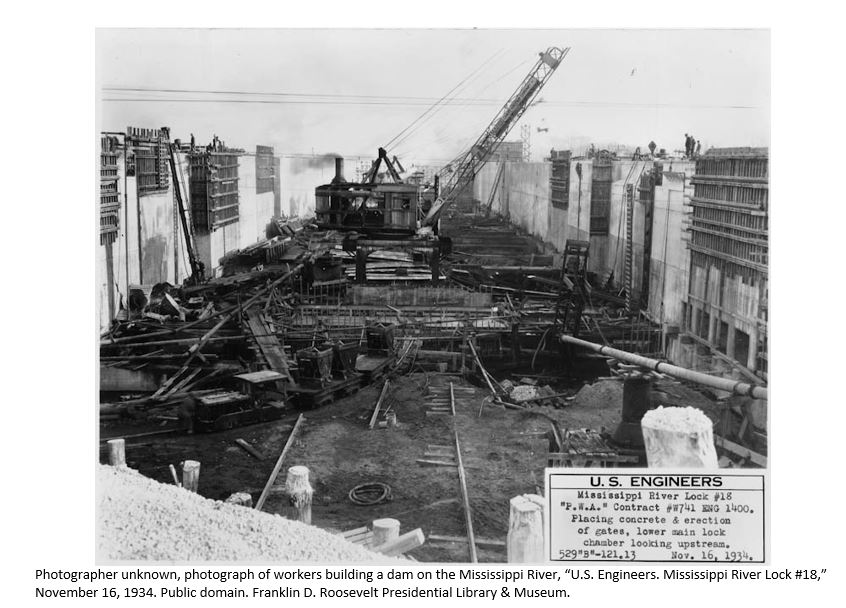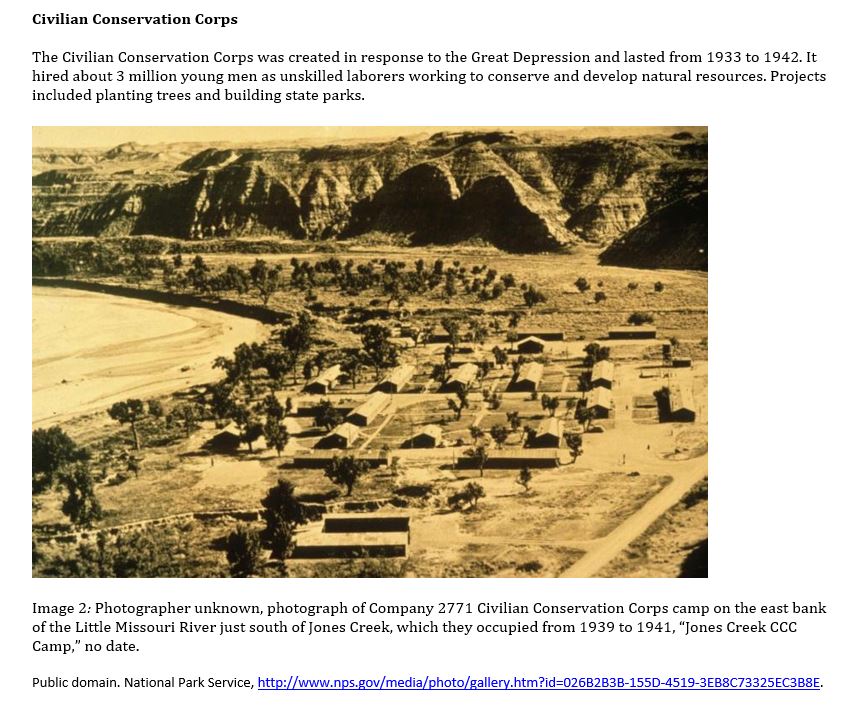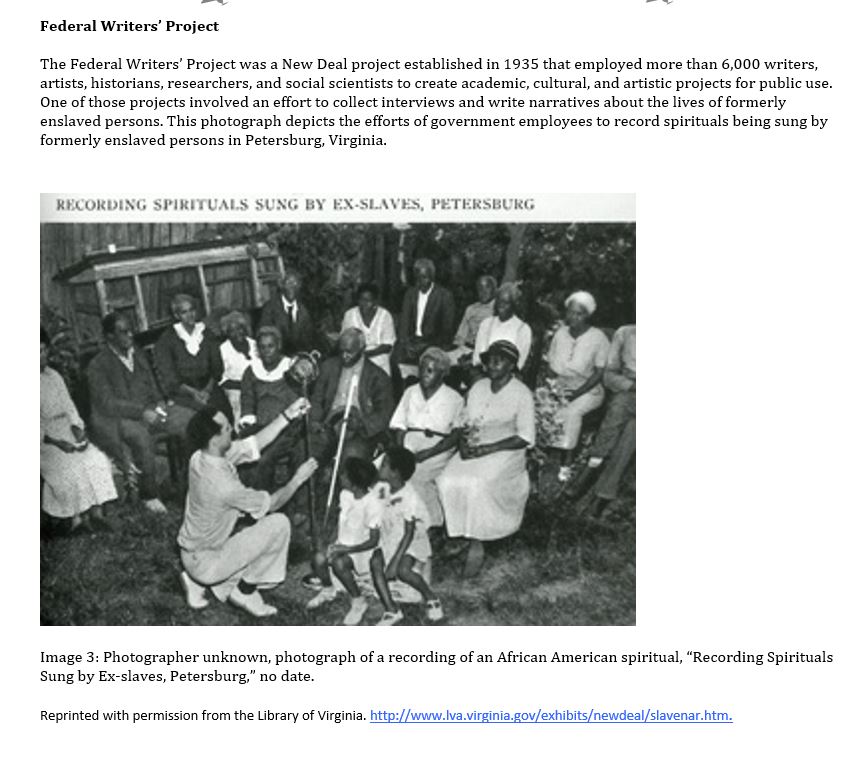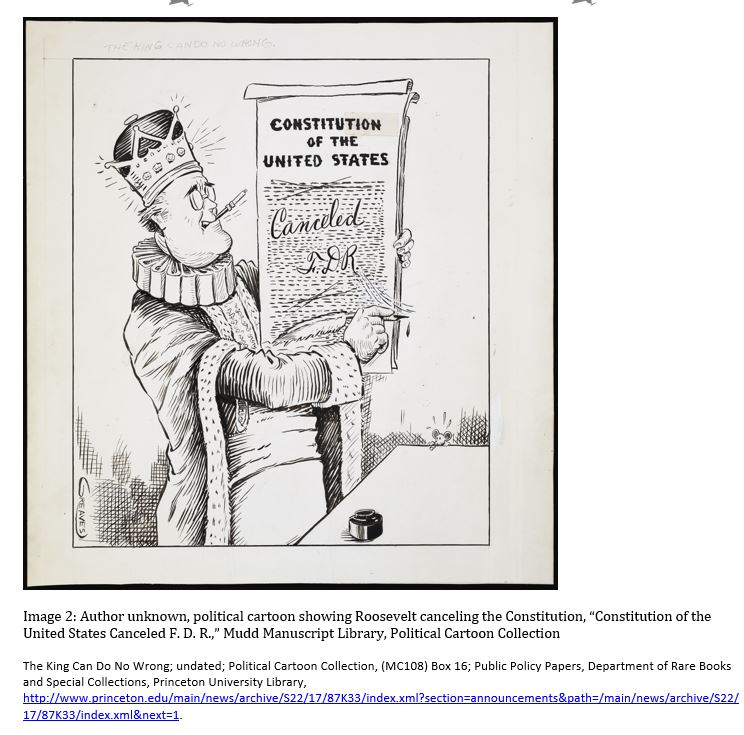8th Grade New Deal Inquiry
Was the New Deal A Good Deal?
Download Entire Inquiry Here

Staging the Compelling Question
The compelling question may be staged by having students engage in a discussion about the extent to which government should play a role in taking care of its people. This discussion may also serve as an initial understanding step in the Taking Informed Action task for this inquiry.
Was the New Deal A Good Deal?
Download Entire Inquiry Here
Staging the Compelling Question
The compelling question may be staged by having students engage in a discussion about the extent to which government should play a role in taking care of its people. This discussion may also serve as an initial understanding step in the Taking Informed Action task for this inquiry.
Supporting Question 1- What conditions existed at the onset of the Great Depression?
The first supporting question—“What conditions existed at the onset of the Great Depression?”—launches the inquiry by asking students to place the New Deal in a historical context. By examining the political and economic conditions preceding the New Deal, students should see how a range of circumstances shaped the New Deal policies. The formative performance task asks students to list conditions that existed at the onset of the Great Depression. Through the featured sources, students examine information from President Herbert Hoover’s “Rugged Individualism” speech, an excerpt from a newspaper article about the October 27, 1929, stock market crash, and a chart of consumer loan activity as one measure of economic activity at the onset of the Great Depression.

Supporting Question 4- What were negative effects of the New Deal?
The fourth supporting question—“What were negative effects of the New Deal?”—shifts students’ focus to critiques of the New Deal. The formative performance task asks students to complete the T-chart by adding the negative effects of the New Deal. To do so, they can draw on the featured sources, which present information from anti–New Deal editorial cartoons, a chart with information about the national debt as percentage of gross national product from 1929 to 1950, and the perspective of an everyday American on the New Deal. Teachers may continue the Taking Informed Action discussion about the extent to which government should take care of its people.
The first supporting question—“What conditions existed at the onset of the Great Depression?”—launches the inquiry by asking students to place the New Deal in a historical context. By examining the political and economic conditions preceding the New Deal, students should see how a range of circumstances shaped the New Deal policies. The formative performance task asks students to list conditions that existed at the onset of the Great Depression. Through the featured sources, students examine information from President Herbert Hoover’s “Rugged Individualism” speech, an excerpt from a newspaper article about the October 27, 1929, stock market crash, and a chart of consumer loan activity as one measure of economic activity at the onset of the Great Depression.
- Source A: Excerpt from "Rugged Individualism" speech
- Source B: Excerpt from "Stock Prices Slump $14,000,000,000 in Nation-Wide Stampede to Unload"
- Source C: Chart of loan activity in the years leading up to the Great Depression
- Source A: Excerpt from "Outlining the New Deal Program" fireside chat
- Source A: "Unemployment in the United States,1910-1960" graph
- Source B: Image bank: New Deal Public Works Administration Projects http://www.fdrlibrary.marist.edu/archives/collections/franklin/index.php?p=digitallibrary/digitalcontent&id=3057
- Source C: Source bank: Social Security programs
Supporting Question 4- What were negative effects of the New Deal?
The fourth supporting question—“What were negative effects of the New Deal?”—shifts students’ focus to critiques of the New Deal. The formative performance task asks students to complete the T-chart by adding the negative effects of the New Deal. To do so, they can draw on the featured sources, which present information from anti–New Deal editorial cartoons, a chart with information about the national debt as percentage of gross national product from 1929 to 1950, and the perspective of an everyday American on the New Deal. Teachers may continue the Taking Informed Action discussion about the extent to which government should take care of its people.
- Source A: Image bank: Anti–New Deal political cartoons
- Source B: Chart showing rising national debt, “National Debt as Percentage of GNP, 1929–1950”
- Source C: M. Santos, Federal Writers’ Project interview in which he critiques the New Deal, “The New Deal Was a Failure” (excerpts), no date Library of Congress, Manuscript Division, WPA Federal Writers' Project Collection. Public domain.
| New York State Social Studies Framework Key Idea & Practices | 8.5 GREAT DEPRESSION: Economic and environmental disasters in the 1930s created hardships for many Americans. Amidst much debate about the appropriate role of government, President Franklin D. Roosevelt helped to create intensive government interventions in the United States economy and society. |
| Staging the Question | Discuss the extent to which government should take care of its people. |